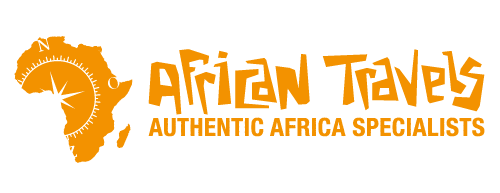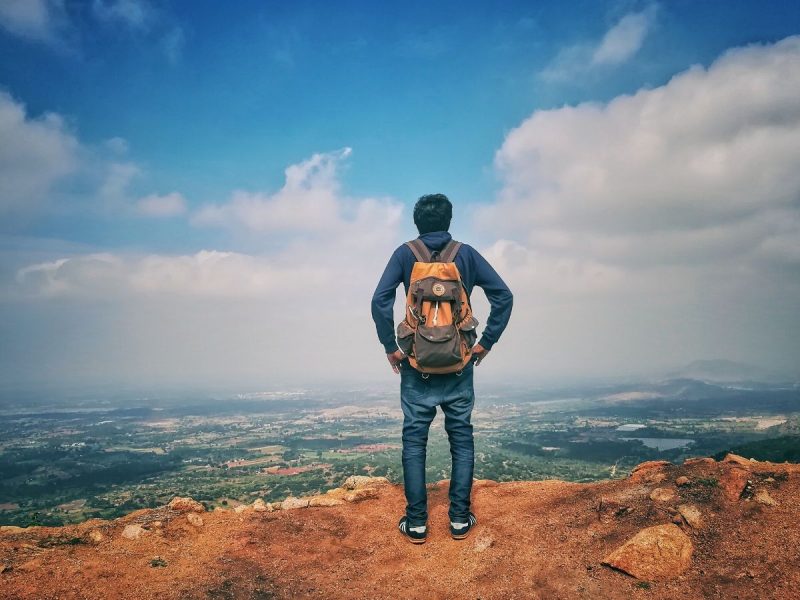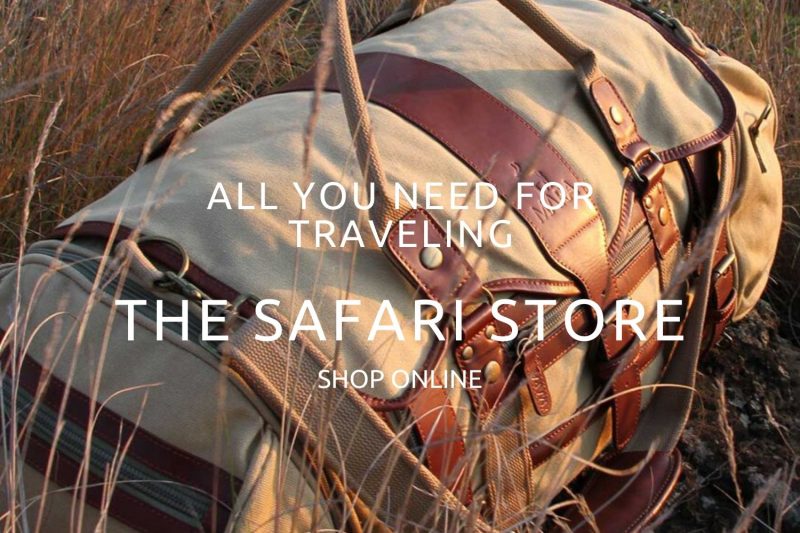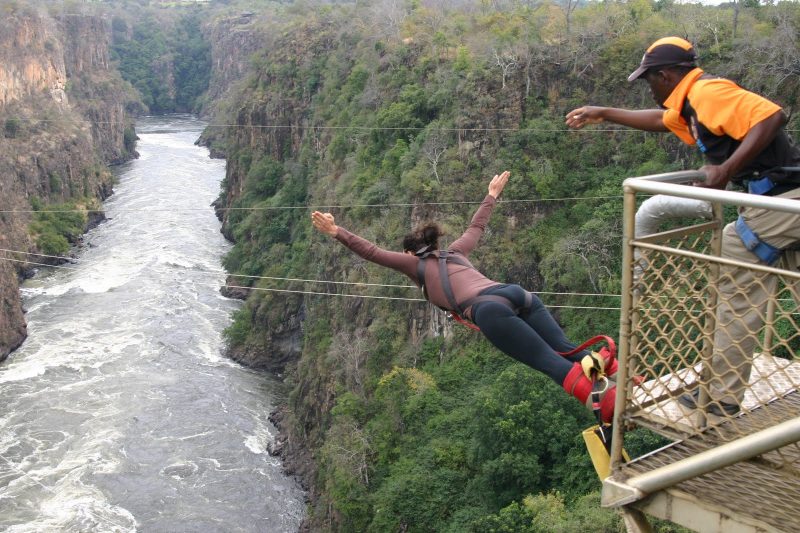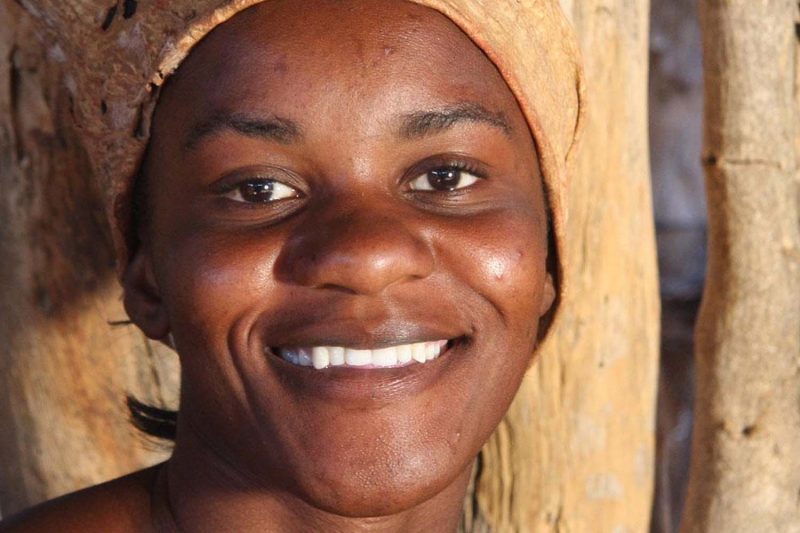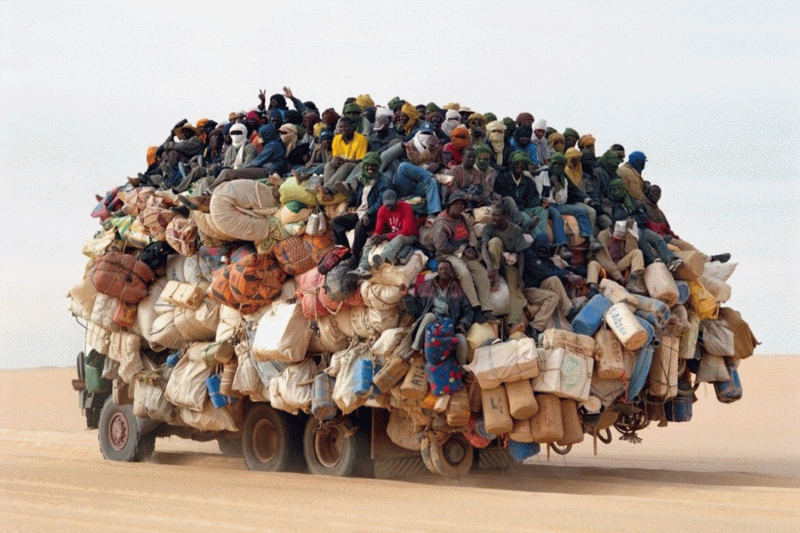What to Pack for Africa
Packing is often the most difficult part before leaving for Africa. In order to assist, we suggest you make different piles of items to pack and reduce similar items by about a third. Even though you may be traveling to remote areas, there will be the options to do some laundry a few times a week, either by hand or at a laundromat. You can buy clothing in most cities and at some of the bigger lodges too if need be. Items that may be difficult to get in some African countries are sunscreen, batteries (for cameras, phones, etc.) and mosquito spray containing deet. Most safari vehicles and big overland trucks (on group trips) offer the possibility to charge phones and cameras, but it is wise to bring a travel adapter and multi plug. If you are not sure what to pack, please contact us.
